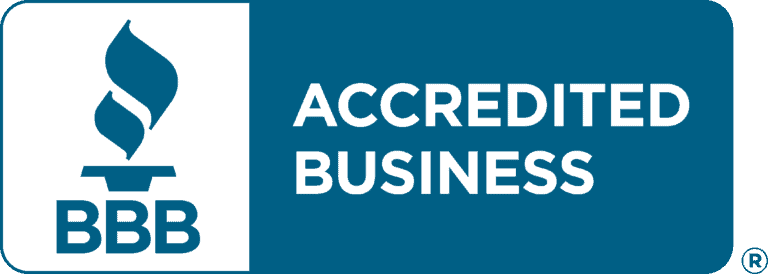Merchant card processing companies like Nada Payments and Magic Pay have been advertising “cash discount” programs all over the internet. To participate, all you have to do is install the right software to your company’s payment terminal, inform your customers of the discount, and accept cash payments instead of credit or debit card payments for goods or services sold. Now, neither you or your customer have to pay the credit card surcharges related to transactions. Sounds easy right? So, why is there so much confusion?
It seems that merchant card processing companies aren’t always clear about what they are advertising. In fact, many of these companies use the terms “cash discount,” and “surcharge” interchangeably. This is dangerous because surcharge programs are now illegal in 10 states. In order to take advantage of the right cash programs and stay on the right side of the law, you need to know the difference between the terms, how they work, and what you’re getting into.
What is a cash discount program?
A cash discount is a method used by businesses to save on the cost of credit card transaction fees. Through these programs, customers receive a discount on goods and/or services by paying with cash instead of a credit card.
What is a surcharge?
A surcharge is a fee that vendors can add onto credit card transactions to make up the cost they’re charged by the credit card association.
What is the difference?
The Payments Journal explains that “cash discount programs are not card surcharges because they do not levy a fee that is added to a credit card transaction.” Instead, they do the opposite. They give you as a business owner an opportunity to provide a discount off of the advertised sales price to your customers.
Is this legal?
The Durbin amendment (the laws passed to allow cash discounts) states that “payment card networks will not restrict a business’ ability to offer discounts for cash and check payments.” It defines a discount as “a means of reduction made from the price that customers are informed about.”
Credit card companies make it tricky, but it can be done.
According to Visa and Mastercard, the posted price on all goods and services must be specifically related to card transactions. This is because it includes processing and transaction fees, and it means that customers aren’t annoyed by a surcharge added to the price they expected to pay. The credit card fee is already baked into the price in their minds.
Vendors can provide cash discounts to customers because cash sales do not include processing or transaction fees. In order to get around the rules of the credit card companies, all you have to do is post a sign informing your clients that a cash discount is available. This makes the transaction as a whole cheaper for both you and the customer by about 4%.
What does this mean for my company?
Many of our clients are worried about losing customers if they introduce cash discount programs in order to save on transactions. Sam T., a restaurant owner from Rockville, MD, was pleasantly surprised to find that his customers understood and kept coming back. They enjoyed the savings. With his cash discount program in place, his customers saved money on meals and he was able to save an additional $4,000 per month in surcharges. He used his extra savings for rent.
Rebecca S., a small business owner in Washington, D.C., had a similar experience. When we helped her implement her cash rewards program, she immediately started saving an extra $2,000 per month. This is money she was able to put directly back into her business.
How we can help
Cash discount programs are a win-win situation for both you and your customers. They save on their purchases and you save by paying less in credit card transaction fees. If you’re interested in potentially saving a few thousand dollars a month by implementing one, it’s only a short email away. We’ll find the right discount program for your company.






